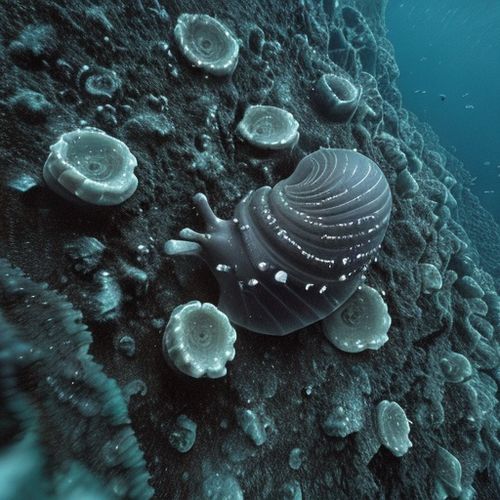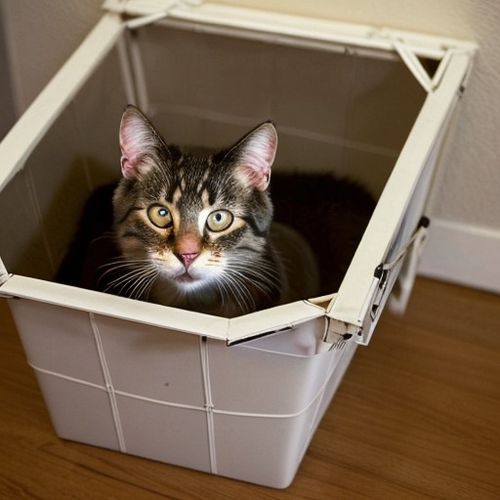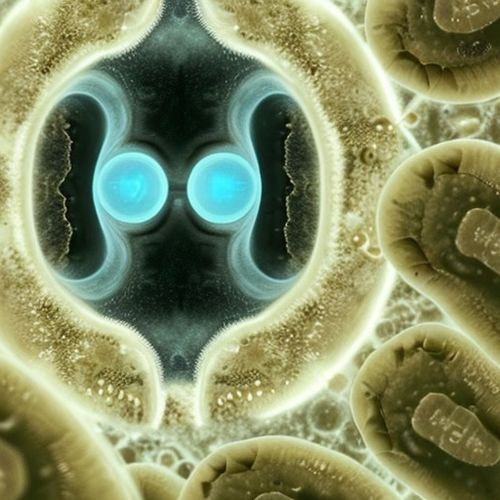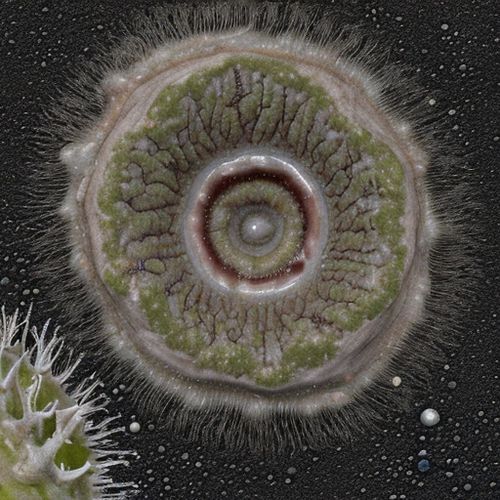For centuries, cats have fascinated humans with their peculiar behaviors, but few are as universally adored—or as scientifically intriguing—as their obsession with boxes. Whether it’s a cardboard container, a laundry basket, or even a taped-out square on the floor, felines seem irresistibly drawn to confined spaces. While this quirk is often dismissed as mere whimsy, physicists and animal behaviorists argue there’s a deeper, quantifiable explanation rooted in the concept of a "safe space."
The Comfort of Boundaries
Cats are ambush predators by nature, and their evolutionary instincts drive them to seek environments where they can observe without being seen. A box provides precisely that: a defined perimeter that limits exposure to potential threats while offering a vantage point. From a physics perspective, the walls of a box create a microclimate of stable air pressure and temperature, shielding the cat from drafts and fluctuations. This thermal regulation is crucial for an animal that thrives at temperatures around 30–36°C (86–97°F), significantly warmer than most human homes.
Moreover, the enclosed space minimizes external stimuli, reducing the cognitive load on a cat’s highly sensitive nervous system. Studies in fluid dynamics suggest that the rectangular shape of a box may also dampen vibrations and ambient noise, effectively creating a "quiet zone" that aligns with a cat’s preference for low-energy states—a trait shared by many solitary predators.
The Stress-Reduction Hypothesis
Research from the University of Utrecht found that cats provided with boxes in stressful environments (like animal shelters) adapted significantly faster than those without. The box acts as a Faraday cage of sorts for stress, shielding the occupant from visual and physical stressors. This aligns with the principles of classical mechanics: the box’s rigid structure absorbs and redistributes external forces, whether they’re physical (like a curious dog sniffing around) or psychological (like the unpredictability of a new environment).
Interestingly, even illusory boxes—such as outlines made with tape or cushions—trigger a similar response. This phenomenon, dubbed "phantom box theory" by behavioral scientists, suggests that cats rely on geometric cues rather than physical barriers to define safety. It’s a cognitive shortcut rooted in their neural wiring, where right angles and enclosed shapes activate primal comfort circuits.
The Energy Conservation Angle
From a thermodynamic standpoint, a cat’s love for boxes may boil down to simple energy efficiency. Cats sleep 12–16 hours daily, and their preferred resting spots are rarely random. A 2016 study in the Journal of Feline Medicine revealed that cats in confined spaces maintained body heat with 25% less metabolic effort compared to those in open areas. The box’s walls reduce convective heat loss—a principle engineers use in designing energy-efficient buildings—effectively turning the container into a passive heating system.
This behavior mirrors the "huddling" effect seen in penguins or rodents, where group proximity minimizes surface area exposed to the environment. For a solitary animal like a cat, a box replicates this energy-saving hack without requiring social cooperation.
Beyond Cardboard: The Universality of Safe Spaces
While boxes are the most visible manifestation, cats seek similar geometries in nature: tree hollows, dense shrubs, or even the concave space under furniture. What unites these environments is their adherence to the "safe space" parameters—semi-enclosed, insulating, and elevation-adjacent (allowing for quick vertical escape if needed). Architects have even borrowed these principles in designing cat-friendly homes, incorporating alcoves and raised platforms that mimic box-like security.
Ultimately, the humble box represents more than feline whimsy; it’s a testament to how physics shapes behavior. By understanding the interplay of thermal dynamics, structural mechanics, and evolutionary biology, we glimpse why something as simple as cardboard holds such profound appeal for our enigmatic companions.

By Emily Johnson/Apr 10, 2025

By Sarah Davis/Apr 10, 2025

By Christopher Harris/Apr 10, 2025

By John Smith/Apr 10, 2025

By Ryan Martin/Apr 10, 2025

By Olivia Reed/Apr 10, 2025

By Sarah Davis/Apr 10, 2025

By Victoria Gonzalez/Apr 10, 2025

By Laura Wilson/Apr 10, 2025

By Lily Simpson/Apr 10, 2025

By Grace Cox/Apr 10, 2025

By Emma Thompson/Apr 10, 2025

By Grace Cox/Apr 10, 2025

By Thomas Roberts/Apr 10, 2025

By Laura Wilson/Apr 10, 2025

By Benjamin Evans/Apr 10, 2025

By Megan Clark/Apr 10, 2025